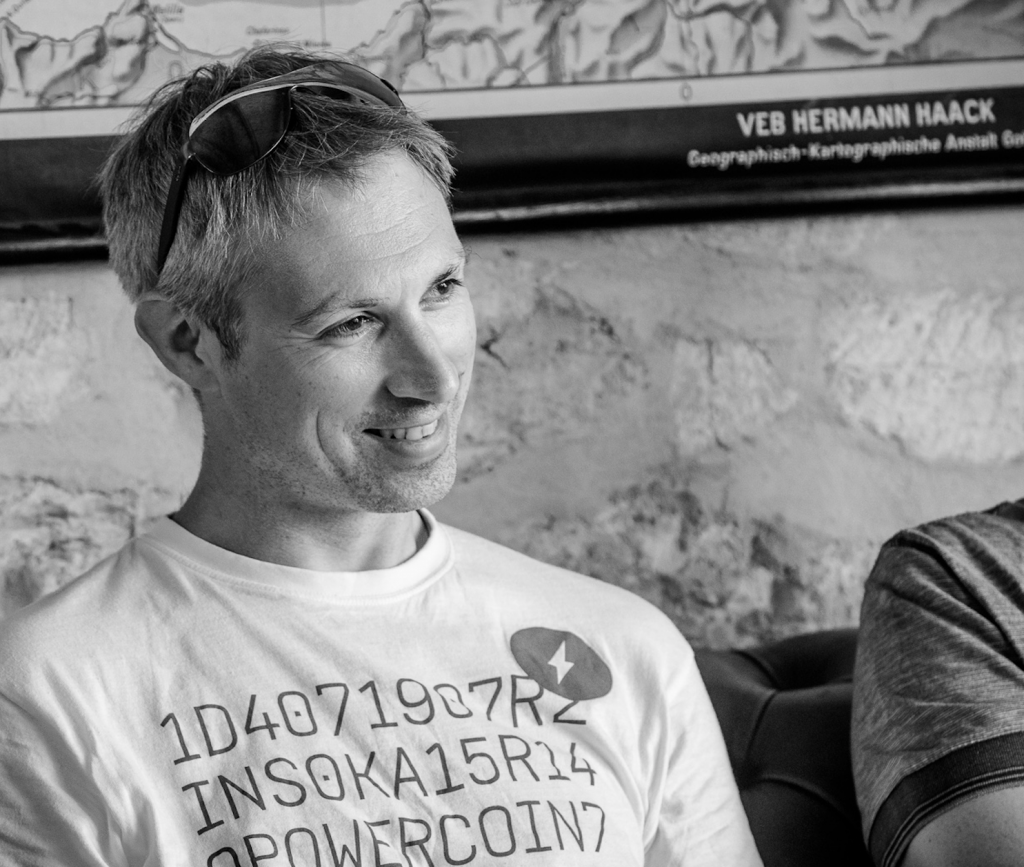Investing in art that's fully tracked on the blockchain is easier, safer, and more secure that other options in the market. Here's why.
The art market has recently seen an unprecedented number of disputes over provenance. Last year, Alec Baldwin sued a Manhattan art dealer for selling him a $190,000 "original" Ross Bleckner, that wasn't. Artworks which claim to be by some of the the most popular painters in the last decade, from Bleckner, to Hals, to Rothko to Martin, have been brought to the courts in authentication disputes -- a clear signal that the art world has to reform its standards for certifying work.

"Art has become such a commodity, and there's so much money at stake," says art authenticator, Richard Polsky, one of many in the industry who believe that the question of authentication is becoming a profound problem. This is partly due to a lack of industry standards, every authentication board is different, but if the process is open and honest, people won't feel they've been treated unfairly.
So in a world of fakers, forgers, and unscrupulous sellers who cite caveat emptor (let the buyer beware), how do you know if your artwork is worth the paper it's painted on?
Here at Maecenas, we aim to democratise access to fine art investment through our decentralised art gallery. We break up masterpieces into fractions that can be bought and sold on the Maecenas marketplace. So, you can own a piece of a Picasso. And we also want you to have peace of mind that the Picasso is the real deal. We use Blockchain technology to help remove the guesswork and risk so that investors, whether they are sophisticated or new to the art world, can be confident in what they are buying.
And we are not alone in believing blockchain is a great solution for the art world. Ethereum co-founder, Gavin Wood has highlighted asset tokenisation of art as a prime example of a use case that he is excited about.
"I think asset tracking in the world of art is probably going to become a fairly important way of demonstrating the technology and how it is doing things other than just finance."
What is provenance, and why does it matter?
At some point in an artwork's life, its authenticity may come into question. Provenance is the accompanying documentation that provides the history of the art, confirms it is genuine, and by the artist the brushed signature claims.
From the French word, provenir, or "to come from", an artwork's provenance provides a complete trail of the artwork's life details and leaves no doubt as to its authenticity. Good provenance almost always increases the value and desirability of a work of art not only because it authenticates the art, but also as it provides important information about and insight into a work of art's history.
In the often opaque art market, art provenance can help settle doubts, and give you the peace of mind to enjoy your purchased art, with the assurance of its promised value and validity.
A mountain of indelible proof
Provenance is fact, not supposition. Statements have to be certified by internationally respected and credentialed authorities. The documentation can include: a letter from the artist, a sales receipt from a gallery, a video of it on exhibit, a signed certificate or statement of authenticity from an expert, an appraisal form, photographs of the artist taken with the artwork at various stages of completion, a list of all previous owners' full names and addresses, the list goes on...
This wealth of data detailing the art's history is best archived digitally to ensure security and prompt verification. Who owns the asset, where it is stored, who is the insurer, when was it last inspected and by whom, etc. are all valuable information that can be tracked efficiently on the blockchain using document hashes.
Do it once, do it right
Art asset tracking on a blockchain means you validate provenance only ONCE (the first time) and then the provenance becomes tamper-proof and subsequent validations are faster and cheaper. Anyone online can trust the transaction and they can know for a fact exactly what they are investing in.
Maecenas takes the guesswork out of the art acquisition process for the inexperienced art buyer. A requirement for every art piece that applies to be listed on the Maecenas platform is submission of thorough and complete provenance. Our art experts value the piece internally, and work with independent, specialised consultants to get a fair and accurate appraisal. If there is any question at all over the provenance of an art piece, the application will be rejected, and the art piece will not be accepted on the platform.
Marcelo García Casil, Maecenas CEO, explains:
"I would like to imagine a world where any painting or sculpture or any artwork that's not registered on a blockchain would be considered to be fake."
He adds:
"Because the benefits of blockchain which we are now starting to discover, in 20 years' time they will be accepted and actually expected."
To find out more about the Maecenas platform, download our briefing documents.
Topics: Art Investment





